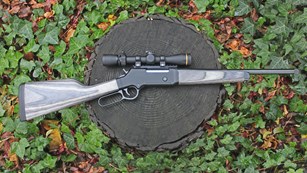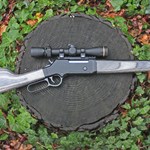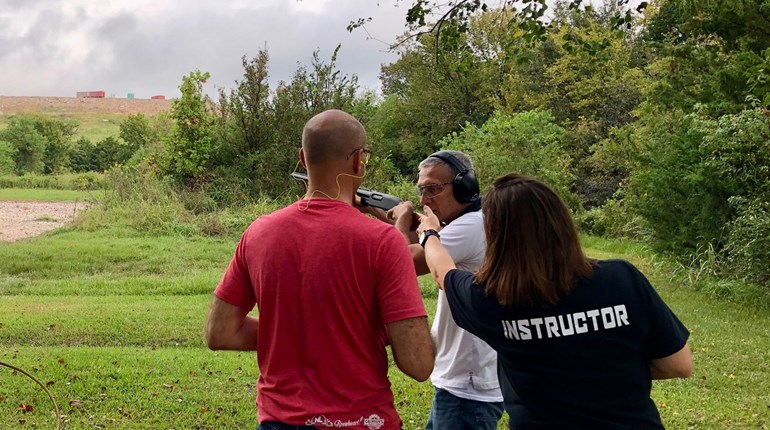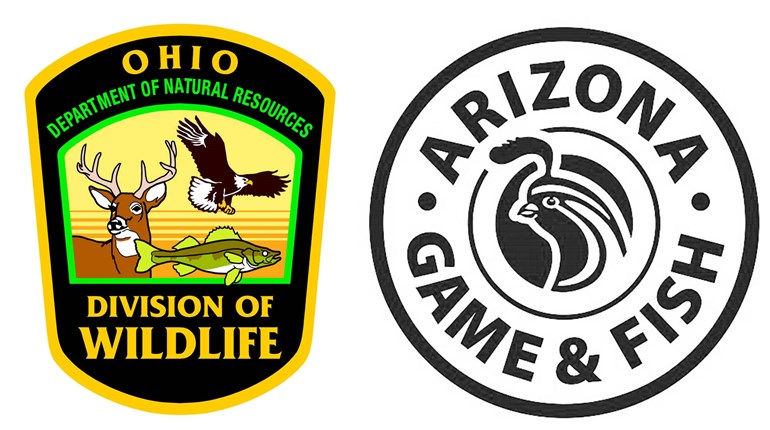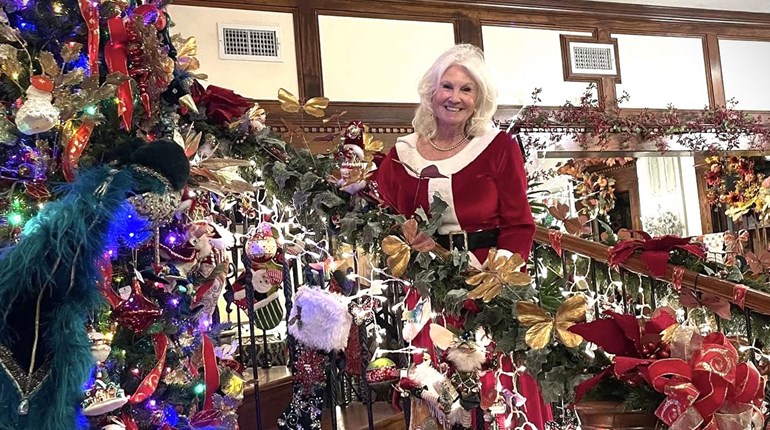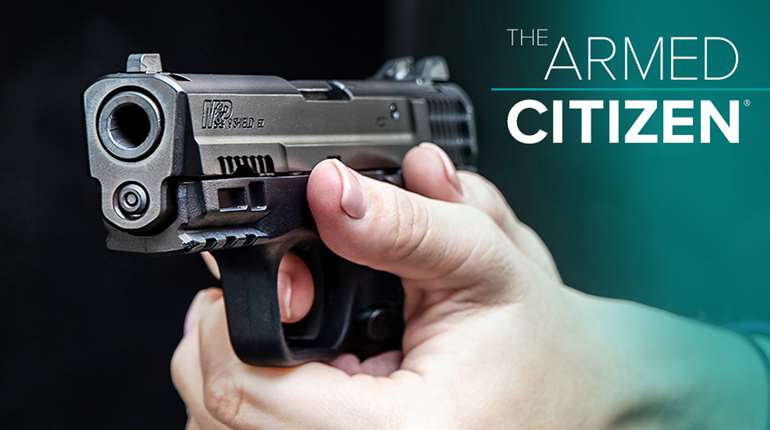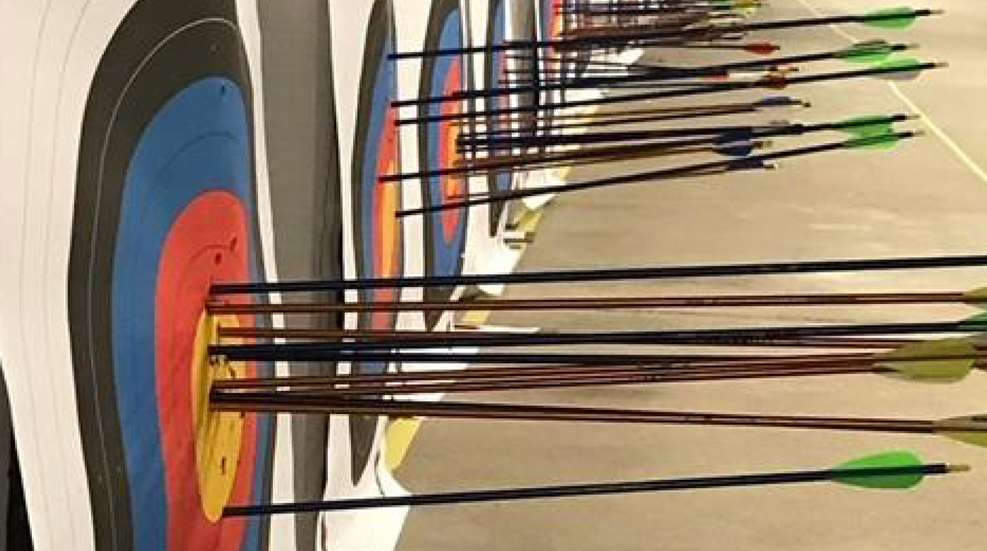
The second Saturday in May is designated as National Archery Day. This day also recognizes the National Archery in the Schools Program (NASP) which coincides with the U.S. Eastern National Archery Tournament in Louisville, Kentucky. Competitors in this tournament compete to earn a spot in the National Championship, held each June.

NASP, the largest youth archery program in the country, is recognized as a useful tool for educators who seek ways to improve student success rates. Motivated teachers strive to achieve state and national educational standards, hoping to engage each student in the educational process and develop relationships to promote graduation and post-high school success. Additionally, each state wildlife conservation agency and natural resource professionals use NASP to engage young people while learning outdoor skills, hoping they will be inspired to spend more time outdoors.
NASP is growing at a rate of 9.3 percent per year, and is expected to increase each year with the emphasis on academics. Of the schools that offer NASP, 70 percent offer archery as part of the physical education curriculum. The other 30 percent offer archery as part of math, science, language arts, social studies, health and other subjects. Annual surveys verify that when archery is on the calendar, it improves student concentration, motivation, engagement, behavior, and an increased attendance rate.
Nearly 80 percent of students who were introduced to archery say that they had never previously handled a bow. If NASP were only an after-school or club activity, certain students might never have the opportunity to discover archery. For these reasons, NASP is incorporated into the curriculum and offered during the school day.
History
NASP was co-created by the Kentucky Department of Fish & Wildlife Resources, the Department of Education, and Mathews Archery in 2001. The program launched in 21 Kentucky middle schools in the spring of 2002. Originally called the “Kentucky Archery in the Schools Program,” the goal was to enroll 120 schools and teach target archery skills to 24,000 students each year. Kentucky was hoping to achieve this goal in three years. Within the first year, this goal was achieved and, thanks to the interest of neighboring states, the name changed from “Kentucky” to “National.” NASP expanded its participation standards to include students in 4th to 12th grade.
Today, 49 states now offer the NASP and continue to bring safe in-school archery to 1.3 million students each year. More than 21 million students and 104,000 adult instructors are involved annually. The culminating event for thousands of these students is participating in a local, regional, state, and/or national tournament event, with thousands of dollars of scholarships awarded to top male and female archers, and top-scoring team awards.

Standardization
NASP is open to all students from every socioeconomic background and race, regardless of athletic skill, gender, size or academic ability. Everyone who picks up a bow and who is taught the proper techniques of NASP can succeed.
The archery equipment used in NASP is highly standardized to be safe, durable, economical, and most importantly, provide a universal fit for almost every student who participates in the program. The bow used in NASP is a “Genesis” compound, which has no “let-off,” which accommodates various draw lengths for the various students. It is simply adjustable (with an Allen wrench) from 10 to 20 pounds in draw weight. The only arrow used in NASP is the Easton 1820 aluminum “Genesis” arrow.
Teachers, Coaches, and Professional Educators in the schools are trained as certified as NASP Basic Archery Instructors (BAIs) and bring the training back to their schools. BAIs are taught to run the archery line by using different blasts of a whistle. For example, two whistle blasts mean “Get Bow.” One whistle blast means “Shoot.” All NASP safety features must be followed to preserve archery’s impeccable safety record, which is better than that of every ball sport taught in schools, except table tennis.
NASP lessons are oriented toward target archery, which is widely accepted as a safe, practical, and noncontroversial discipline taught in the schools. Founders designed the program so young people everywhere, whether urban or rural, could learn archery skills and decide on their own how and where to apply those skills.

Today
NASP is in 49 states; nine Canadian provinces; New Zealand; and the British Virgin Islands. Each year, more than 1 million students in nearly 9,000 schools are safely introduced to NASP. Since 2002, more than 21 million participants between 4th and 12th grade gone through the program, which has a 50/50 male/female ratio. Nearly 60 percent of archers report they feel more connected to their schools, and more than 40 percent report they are more engaged in the classroom, thanks to their involvement with NASP. More than 91 percent of students not only introduce their friends and families to archery, but they also ultimately pursue other outdoor activities.
If your school is not yet involved, why not? Contact your local educators, administration, school district to see how you can bring NASP to your community. For more information, find your NASP coordinator:

Benefits
Physically, archery improves upper body strength and balance. Mentally, it improves focus confidence and creates a sense of accomplishment, and best of all, archery can be an individual sport or a social activity. Archers also learn a lifelong respect for safety and responsibility.
Another practical aspect of archery is that it can be practiced all year long, indoors or outdoors. It is wise to find a local archery shop, which typically employ knowledgeable staff and archers who can offer information, equipment, training and support. Many of these shops also have ranges onsite so you can practice what you’ve learned and keep current with your skills.
Other Types of Archery
Find a Collegiate Team
USA Archery
International Bowhunter’s Association (I.B.O.)
National Field Archery Association (N.F.A.A.)
Pope and Young Club
Archery 360








